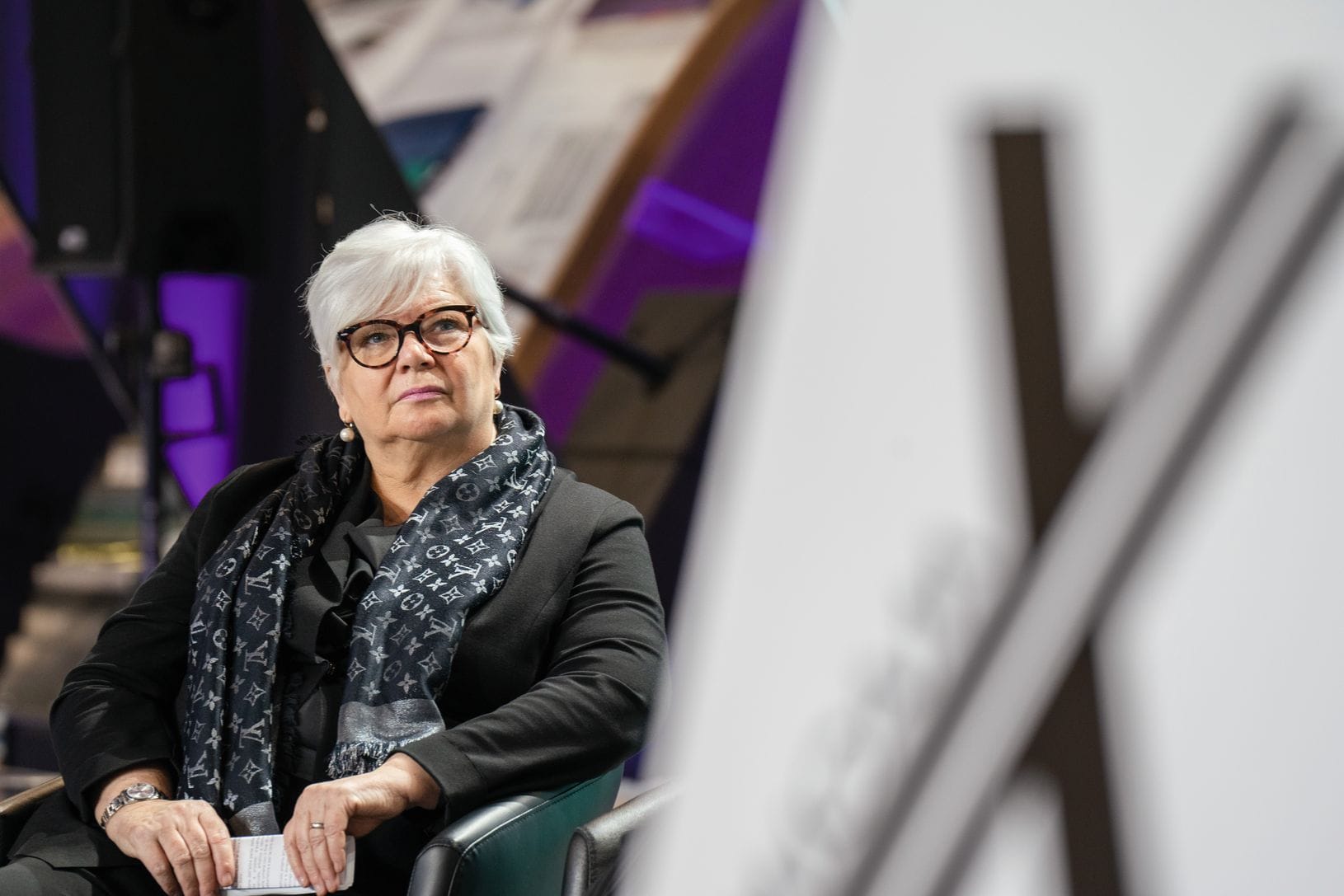For the first nine months of 2024, the Italian footwear industry reports a decline, especially in the exports and sales indicators. This emerges from current figures from the Confindustria Accessori Moda study center for the Assocalzaturifici industrial association. While exports fell by -9.2% compared to the January-September 2023 period, the sharp decline in orders had a serious impact on production (-18.9% Istat industrial production index) as well as sales (-9, 7%). Initial forecasts for sectoral sales in all 12 months expect a decline of 9.3% and sales of 13.2 billion euros – almost 1.4 billion euros less than in the previous year. The association therefore assumes that there will be unavoidable effects on company demographics and employees.
“In the third quarter of 2024 there was no turnaround in the economic situation of the sector, on the contrary, more than 60 percent of companies closed with sales below the level of the same period in 2023, with declines of more than -20 percent at 1 of 5 companies.” Says Giovanna Ceolini, President of Assocalzaturifici. “The cumulative data for the first 9 months confirms the difficulties that were already apparent in the first half of the year. The pensive development of many important international economies, both in Europe and outside the EU’s borders, and a geopolitical context that is far from favorable and to which, in addition to the Russian-Ukrainian conflict, has been added another front of instability in the Middle East, have severely impacted footwear exports in 2024.”
In detail, the report shows increasing foreign demand for shoes with rubber uppers. Here exports rose by 8.2% in terms of volume and by 1.3% in terms of value. Shoes with a leather upper – which, according to Assocalzaturifici, “have always been characteristic of Italian production and represent 65% of foreign sales in terms of value” – recorded a decrease of 7.1% in volume, -8.2% in value. Demand in non-EU countries would develop significantly more favorably than is the case with EU partners. Positive signals are coming particularly from China (+1.7% in value, 19% in quantity), Hong Kong (+8.7%) and the United Arab Emirates (+26.3%). Turkey also increased in volume by 10%. When it comes to negative dynamics, Switzerland stands out with a decline of 51.3% in value and -35.4% in quantity.






Leave a Reply